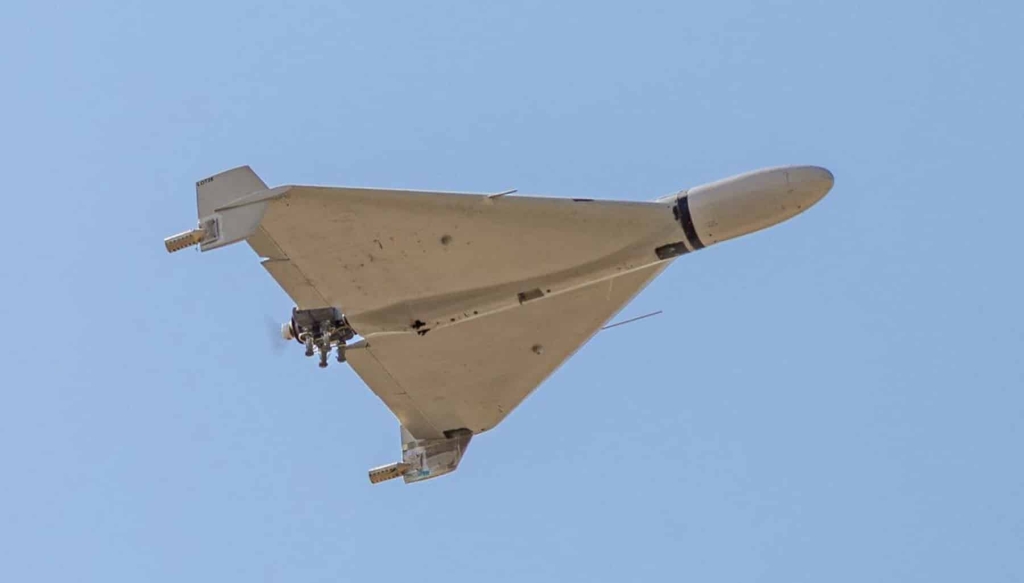Chinese Drone Makers Secretly Collaborate With Sanctioned Russian Arms Manufacturer

Amazon DEALS: DJI Mini 4K now $249 (-17%) and DJI Osmo Action 4 drops to $249!
Chinese drone experts have been working directly with sanctioned Russian weapons manufacturer IEMZ Kupol to develop military drones, according to new intelligence documents obtained by Reuters. The collaboration involves multiple site visits and shipments of attack drones, revealing a deeper partnership between Chinese commercial drone companies and Russia’s defense industry than previously known. European security officials say this unprecedented cooperation demonstrates how civilian drone technology is being rapidly militarized for the Ukraine conflict, with Chinese expertise directly supporting Russian weapons production despite international sanctions.
Multiple Chinese Drone Companies Involved
The intelligence documents reveal two major Chinese drone manufacturers are actively supporting Kupol’s military drone program. Sichuan AEE has supplied over a dozen one-way attack drones, including A140 and A900 models, with additional A60, A100, and A200 variants scheduled for delivery. Separately, Hunan Haotianyi provided HW52V vertical take-off and landing (VTOL) drones capable of intelligence, surveillance, reconnaissance, and strike missions. Flight test reports show these Chinese-made systems underwent extensive evaluation at Russia’s Chebarkul military test site in the Chelyabinsk region.
Technical Collaboration Goes Beyond Hardware Sales
The partnership extends far beyond simple equipment sales. Chinese technical experts have visited Kupol facilities in Izhevsk more than six times since the second quarter of 2024, according to the documents. These specialists assembled drones on-site, trained Russian staff, and adapted Chinese flight control computers and engines for integration into Russia’s Garpiya drone series. The Garpiya drones, modeled after Iran’s Shahed design, can fly hundreds of miles to pre-programmed targets before diving and exploding on impact. Ukrainian officials report approximately 500 of these drones are deployed monthly in the conflict.
Sanctions Circumvention Through Intermediaries
All transactions flowed through TSK Vektor, a Russian defense procurement company under U.S. and EU sanctions. Documents show TSK Vektor paid Sichuan AEE over 5 million yuan ($700,000) for A200 drones equipped with anti-jamming technology in the second quarter of 2025 alone. The Chinese companies and experts were officially listed as TSK Vektor employees in Russian documentation, but European intelligence officials assess they were actually staff from the Chinese manufacturers working under cover.
Official Denials Amid Growing Evidence
China’s foreign ministry denied knowledge of the collaboration, stating: “China has always maintained an objective and fair position on the question of the Ukraine crisis, never providing lethal weapons to any party in the conflict and strictly controlling dual-use items, including drone exports.”
However, the documents suggest Chinese involvement in developing new Russian drone variants, including the GA-21, assessed to be based on Iran’s Shahed-107 surveillance and attack platform.
DroneXL’s Take
This revelation exposes how easily commercial drone technology crosses into military applications, raising serious questions about export controls and dual-use technology oversight. The direct involvement of Chinese engineers in Russian weapons facilities represents a significant escalation beyond component sales. For the drone industry, this highlights the urgent need for better tracking of how civilian innovations are militarized. It also demonstrates the critical role drone technology now plays in modern warfare, making it a key battleground for international sanctions and technology transfer policies. The collaboration suggests we’re witnessing the emergence of a new axis in military drone development, with profound implications for global security and the commercial UAV sector.
What does this mean for legitimate drone manufacturers trying to navigate increasingly complex export regulations? Share your thoughts in the comments below.
